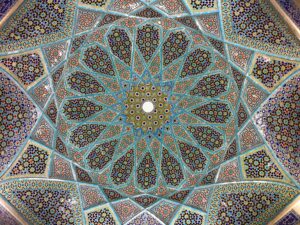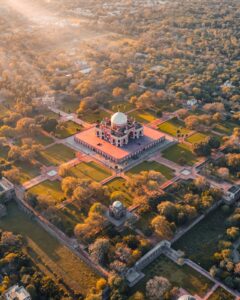Blog
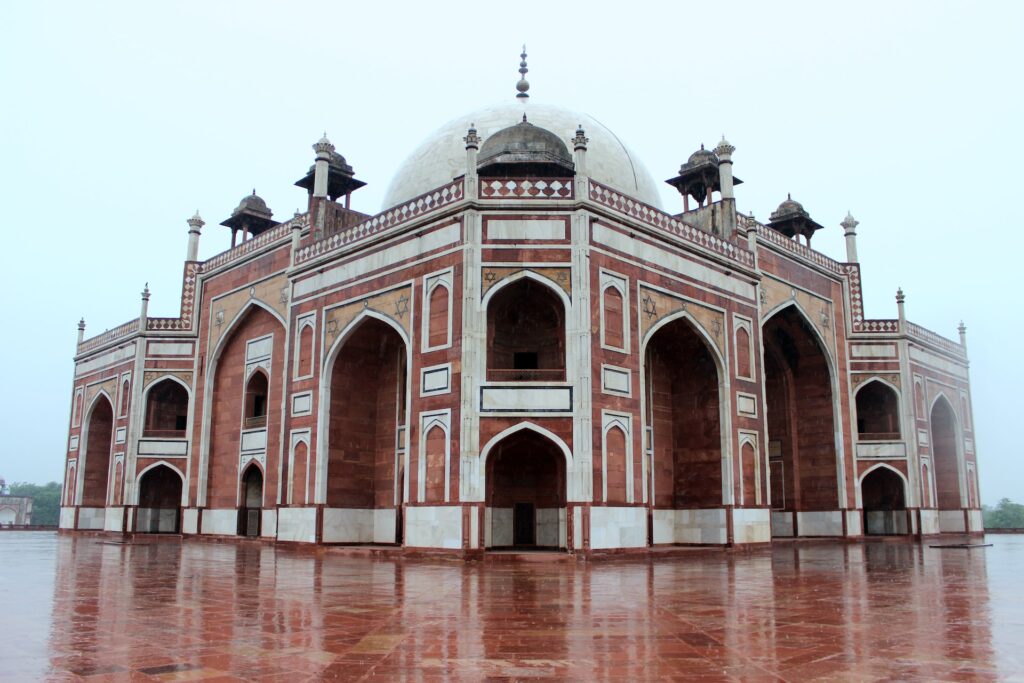
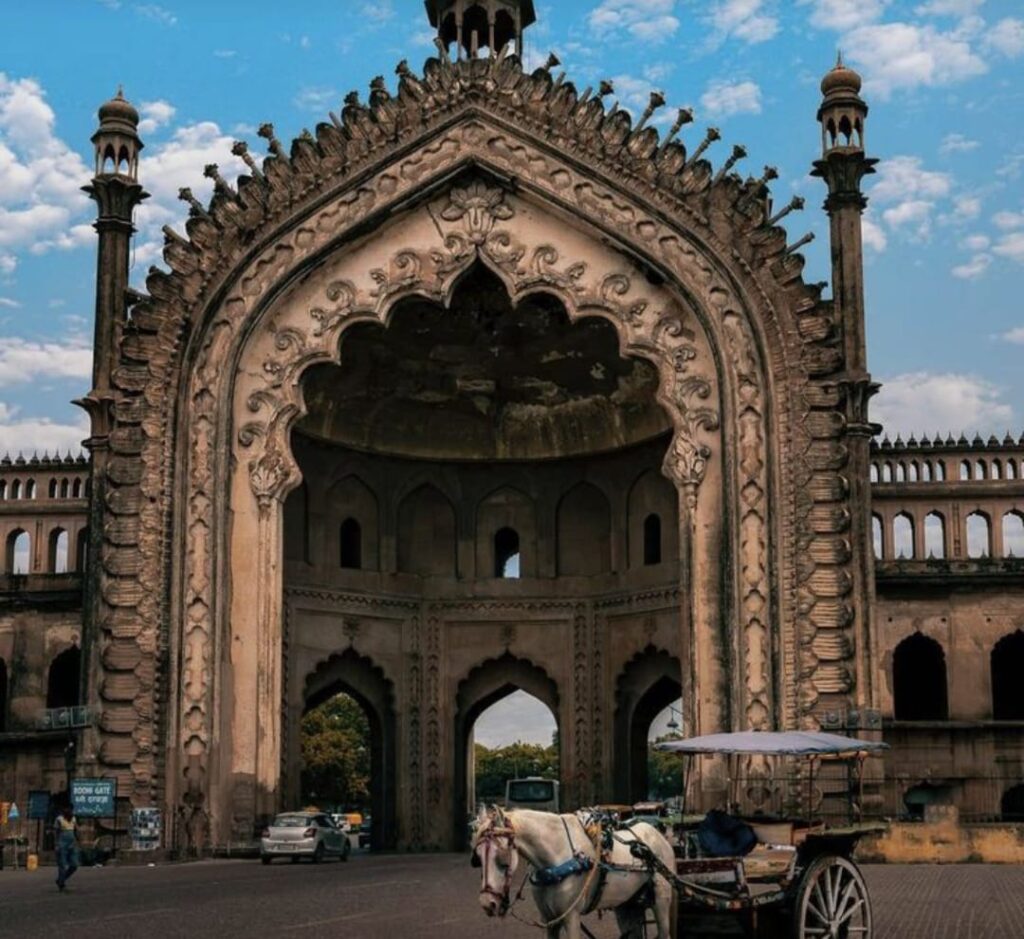
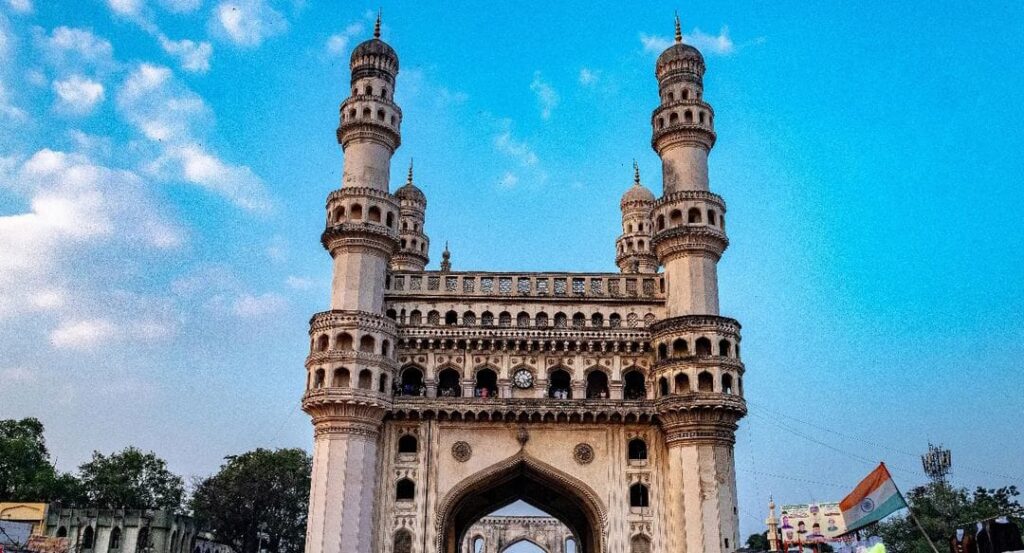
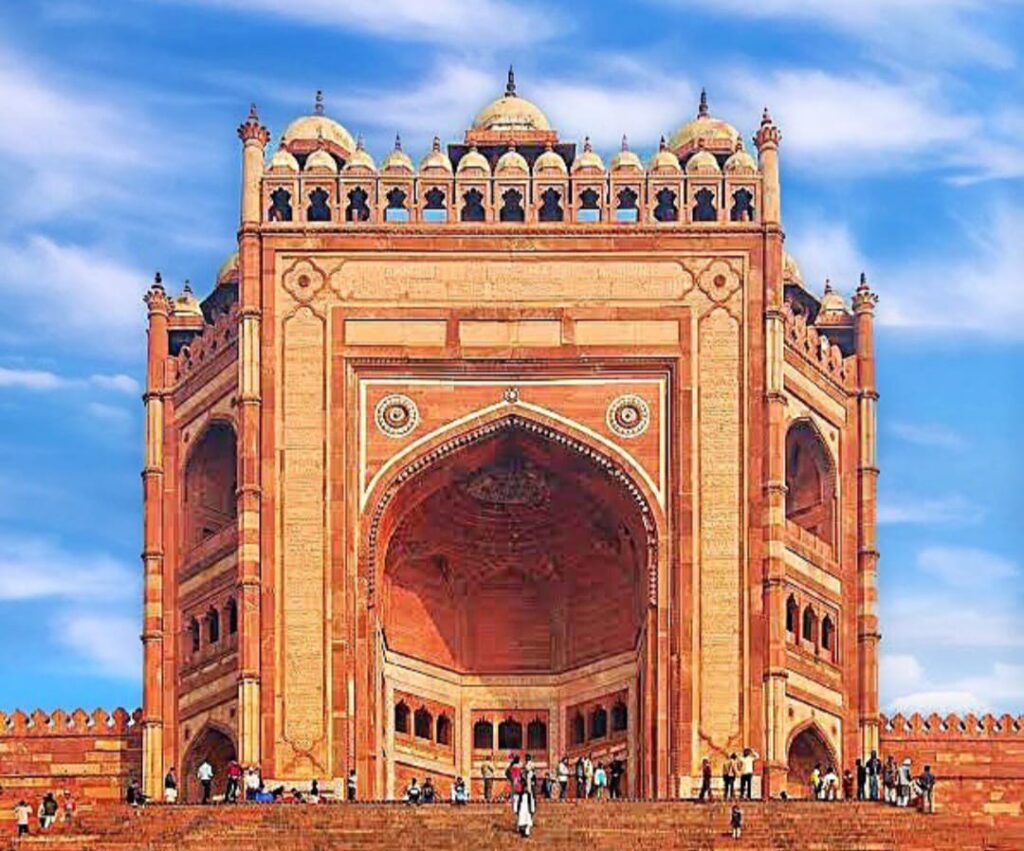
Indo-Islamic Architecture: Indian History | Halal Trip India
Explore the Islamic architecture in India. Discover the history of majestic mosques, tombs & forts. Plan Halal-friendly tour to iconic Taj Mahal & Jama Masjid.
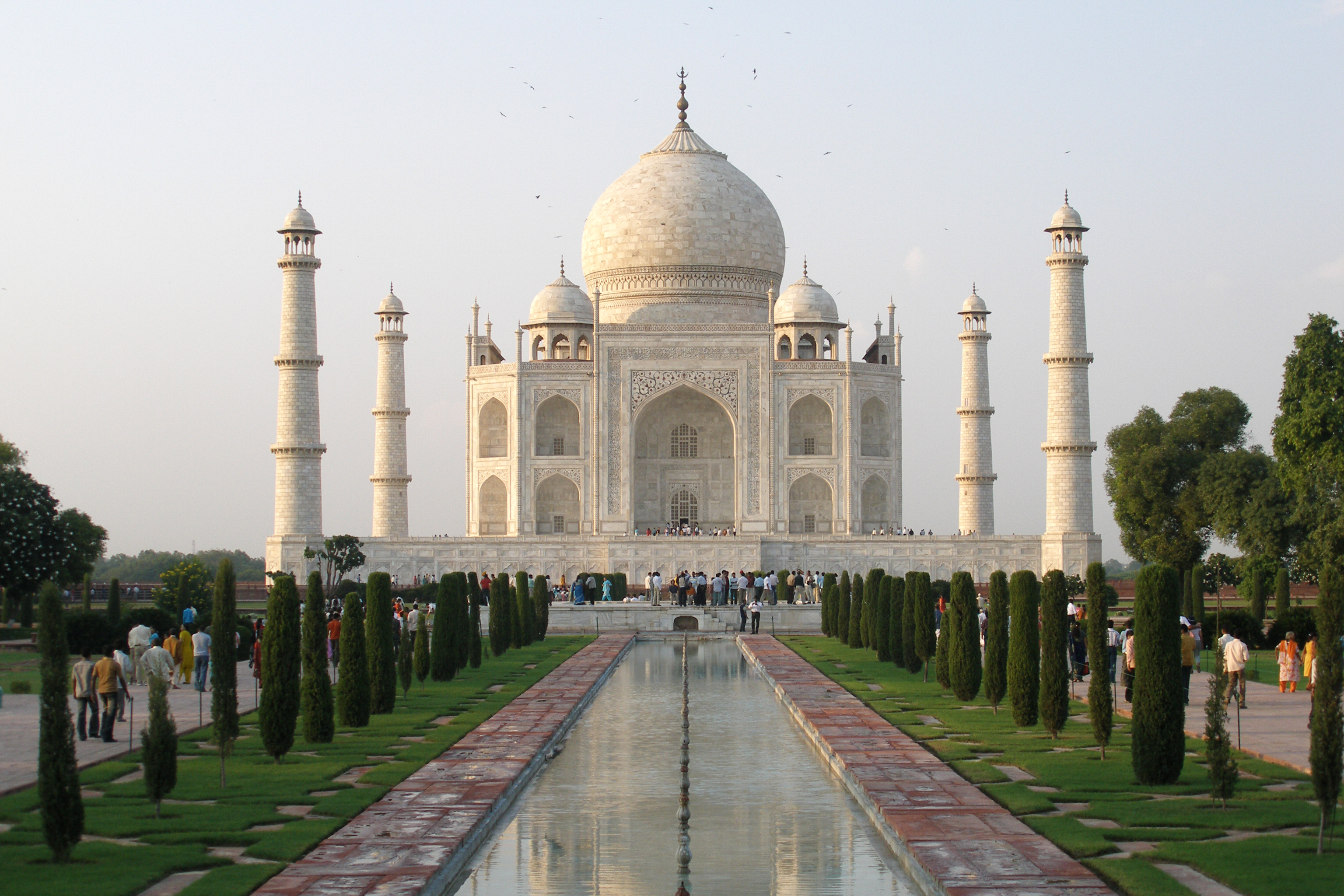
Throughout centuries of migration, which brought intellectuals, mystics, traders, artists, and artisans to the Indian subcontinent, their interactions with native Indians, who held distinct religious beliefs and firmly entrenched notions about art, architecture, and literature, gave birth to a new, composite civilization. Among the most enduring legacies of Indian civilization, its architecture shines as a resplendent gem. Evolving over the ages, Indian architecture is the result of intricate socio-economic and geographical influences. Spanning various historical epochs, Indian architecture proudly bears the imprints of their respective eras.
The trade ties between Arabia and the Indian subcontinent date back to ancient times, extending even before the Islamic era. Arab traders frequented the Indian coastal areas, establishing connections that extended to Southeast Asian ports. The Cheraman Juma Mosque in Kerala is believed to mark an early instance of this exchange, constructed in 629 CE by Hazrat Malik Deenar, potentially standing as the first mosque in the Indian subcontinent.
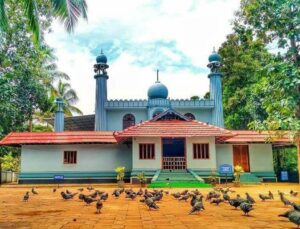
The medieval period witnessed remarkable advancements in architecture, introducing numerous innovative features and techniques. The spread of Islam in India unfolded over nearly eight centuries, with construction activities initiated as early as the eighth century in regions like the Malabar Coast, Gujarat, and Sind. However, it wasn’t until the thirteenth century, under Turkish rule in North India, that large-scale construction efforts began in earnest.
The Delhi Sultanate, reigning over Northern India, gradually expanded its dominion across the Indian subcontinent for over three centuries, commencing in the thirteenth century and enduring until the sixteenth century. Following the decline of the Delhi Sultanate, the Mughal Empire assumed control in India, governing until the mid-nineteenth century.


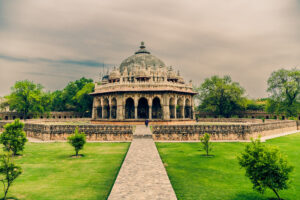
The Mughals left an indelible mark on the field of architecture in the Indian subcontinent, crafting a distinctive and opulent architectural style known as Mughal architecture, which elegantly fuses elements of Central Asian, Islamic, Persian, Arabic, and Turkish architectural traditions with India’s native architectural styles. Indo-Islamic architecture, renowned for its spaciousness and width, showcased mosques as dominant features in the landscape, with the dome as an integral architectural component. This style represented a harmonious blend of Persian and Turkish architectural elements with native Indian architectural traditions, transcending strict categorization as either Islamic or Hindu.
Muslims absorbed and incorporated numerous facets of local architectural traditions into their practices. Architecturally, this style emerged as a fusion of diverse techniques, stylized forms, and surface embellishments, resulting from the continuous integration of architectural elements from various traditions. Architectural creations exemplifying this amalgamation of styles are referred to as Indo-Islamic architecture.
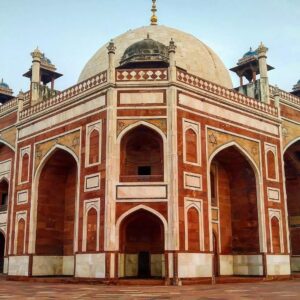
In medieval India, a notable architectural characteristic was the fusion of various styles, techniques, and decorative elements in both public and private spaces outside of royal contexts. This inclusivity extended to structures meant for domestic purposes, mosques, tombs, khanqahs (Sufi saints’ hermitages), dargahs, commemorative gateways, pavilions within buildings and gardens, bazaars, and more.
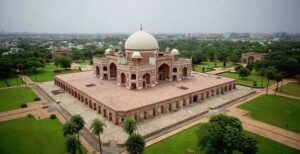
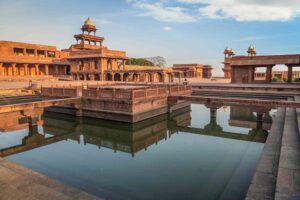
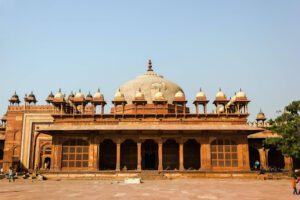
A significant contrast between the two major religious communities, Hindus and Muslims, is evident in their artistic and architectural practices. Hindus were free to depict deities and conceive manifestations of the divine in various forms in their art. In contrast, Muslims, due to religious prohibitions, refrained from representing living forms on any surface. Consequently, their religious art and architecture primarily featured arabesque designs, calligraphy, and intricate geometrical patterns crafted on surfaces of plaster and stone. This distinction in artistic expression contributed to the diversity and richness of medieval Indian architecture.


Indo-Islamic architecture is characterized by its prominent use of arches, domes, and vaults. In accordance with religious practices, Muslims typically avoided the depiction of human figurines and, instead, favored decorative elements such as geometric patterns, floral designs, and inscriptions in various calligraphic styles. Additionally, inlay work on marble was a common feature in Indo-Islamic architecture. Ornamental lattice screens with intricate arabesques, star motifs, and various geometric designs, including pentagons, hexagons, octagons, and circles, played a significant role in adorning buildings.
Gardens, known for their lush beauty, were often an integral part of Indo-Islamic architecture. The use of calligraphy and intricate designs for ornamentation was a prominent feature of these structures. Indo-Islamic architecture also showcased the magnificent tombs of rulers, which evolved and reached its zenith during the Mughal era. These tombs were typically set amidst exquisite gardens, with the actual grave located beneath a memorial plaque. Some of the most famous examples of these grand tombs include the Tomb of Mughal Emperor Humayun in Delhi, the Tomb of Mughal Emperor Akbar, and the iconic Taj Mahal in Agra.
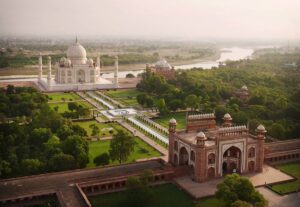
UNESCO’s praise for the Taj Mahal is resounding and rightly so. They acclaim it as an unmatched masterpiece within the realm of Indo-Islamic architecture, celebrating its status as the zenith of architectural and artistic achievement. The Taj Mahal’s flawless synergy of craftsmanship within the domain of Indo-Islamic funerary structures sets it apart, showcasing an unparalleled level of architectural ingenuity. Its conception, treatment, and execution are hailed for their sheer brilliance, with the Taj Mahal proudly boasting aesthetic virtues that transcend the ordinary. Its perfect equilibrium, symmetry, and seamless fusion of diverse elements stand as a testament to its extraordinary magnificence.
The architecture, although its origins date back to Turkish rule, truly reached its zenith and gained prominence under the reign of the Mughals. They made significant contributions to this architectural style, emphasizing the use of red sandstone for many of the monuments. Mughals introduced a unique fusion of foreign architectural elements with traditional design principles, incorporating features like high minarets, beautifully landscaped gardens, ornate pillars, and more into the main monument structures.
One of the defining features of the Mughal architectural legacy was the opulent decoration of these structures. They were adorned with precious metals such as gold and silver, as well as an array of gemstones, including diamonds, emeralds, rubies, and others. These extravagant embellishments added to the grandeur and magnificence of Mughal architecture.
Architecture in India spans diverse styles, each a testament to unique cultural influences and periods. The Imperial style, a legacy of the Delhi Sultanate, showcases monumental structures around Delhi, blending Persian, Central Asian, and indigenous traditions, exuding power and sophistication through sturdy construction and intricate designs.
Provincial architecture, emerging beyond Delhi, reflects regional diversity with forts in Rajasthan, elegant tombs in Gujarat, and Bengal’s mosques, each a celebration of local craftsmanship and cultural preferences. The Mughal style, seen in Delhi, Agra, and Fatehpur Sikri, dazzles with meticulous red sandstone and marble, ornate carvings, and the serene beauty of landscaped gardens.
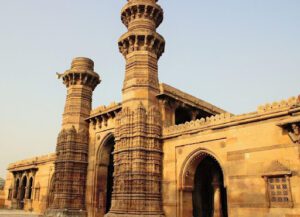
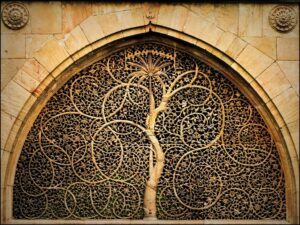
The Deccani style, found in Bijapur and Golconda, merges Persian, Turkish, and local influences in stunning domes, intricate stonework, and ornamental calligraphy. Awadhi architecture, a blend of Islamic opulence and local craftsmanship, adorns palaces with intricately carved arches, delicate latticework, and ornate domes in the Awadh region.
Kashmir’s architectural heritage, influenced by Indian, Persian, and Turkic styles, showcases intricate woodwork in mosques and tombs, featuring geometric patterns, floral motifs, and calligraphy, a beautiful fusion of artistry and functionality against the mountainous climate. These architectural categories, each a treasure trove of history and cultural marvels, paint a vivid picture of India’s architectural evolution, inviting exploration and admiration. These architectural styles showcase the diversity and evolution of Indian architecture across different periods and regions.
